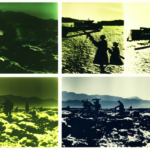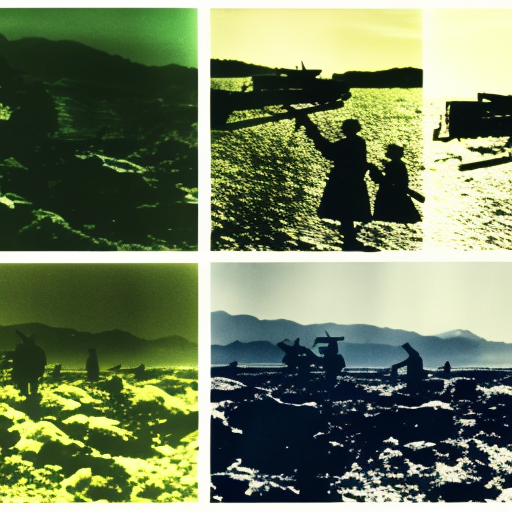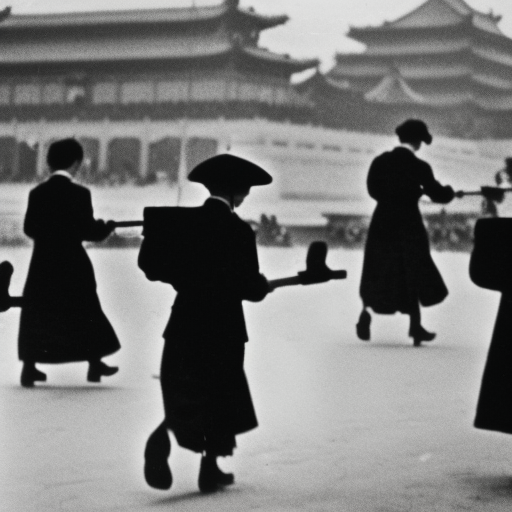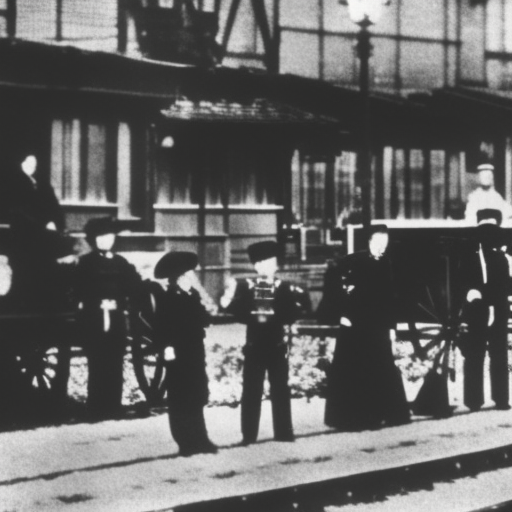The Korean War (1950-1953)
The Korean War was a conflict between North Korea, supported by the Soviet Union and China, and South Korea, supported by the United States and its allies. It began on June 25, 1950, when North Korean forces invaded South Korea, and ended on July 27, 1953, with the signing of an armistice agreement.
Background:
After World War II, Korea was divided into two separate nations along the 38th parallel. The North, led by Kim Il-sung, adopted a communist ideology, while the South, under Syngman Rhee, embraced capitalism. Tensions between the two sides grew, and skirmishes along the border became increasingly common.
The Outbreak of War:
On June 25, 1950, North Korean forces launched a surprise invasion of South Korea, aiming to reunify the country under communist rule. The United Nations Security Council condemned the aggression and called for a withdrawal of North Korean troops. The United States, under President Harry S. Truman, led a multinational force to support South Korea.
The United Nations Intervention:
The United Nations Command, led by General Douglas MacArthur, played a crucial role in the Korean War. The UN forces successfully defended the city of Pusan, which had been under threat from North Korean advances. In September 1950, MacArthur launched a daring amphibious assault at Inchon, behind enemy lines, which led to a decisive victory and the recapture of Seoul.
Chinese Intervention:
As UN forces pushed towards the Yalu River, the border between North Korea and China, the Chinese government warned that it would not tolerate foreign troops near its border. Ignoring the warning, MacArthur ordered his forces to continue advancing. In late October 1950, Chinese forces launched a massive counteroffensive, pushing the UN forces back to the 38th parallel.
Stalemate and Negotiations:
For the next two years, the war settled into a stalemate, with neither side able to make significant gains. The frontlines remained near the 38th parallel, and both sides engaged in sporadic fighting and trench warfare. Efforts to negotiate a peace agreement were repeatedly stalled, as both sides held firm on their demands.
Armistice and Aftermath:
Finally, on July 27, 1953, an armistice agreement was signed, effectively ending the war. The agreement established a demilitarized zone along the 38th parallel and allowed for the exchange of prisoners of war. However, a formal peace treaty was never signed, and the Korean War technically continues to this day.
The Korean War had a significant impact on the geopolitical landscape of East Asia. It solidified the division between North and South Korea, with the two nations remaining separate to this day. It also deepened the Cold War rivalry between the United States and the Soviet Union, as both sides sought to expand their influence in the region.
The Korean War resulted in a high number of casualties, with estimates ranging from two to four million people killed or wounded. Civilians bore the brunt of the suffering, with widespread destruction and displacement. The war also saw the use of new military technologies, such as jet aircraft and helicopters, which would later become standard in modern warfare.
In conclusion, the Korean War was a conflict that arose from the division of Korea after World War II. It pitted communist North Korea against capitalist South Korea, with the support of their respective allies. The war ended in a stalemate, with the signing of an armistice agreement in 1953. Its legacy continues to shape the Korean Peninsula and the broader geopolitical dynamics of East Asia.












